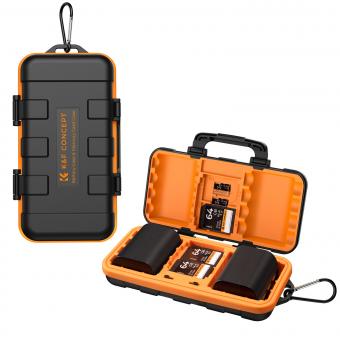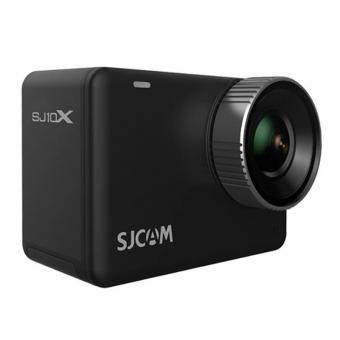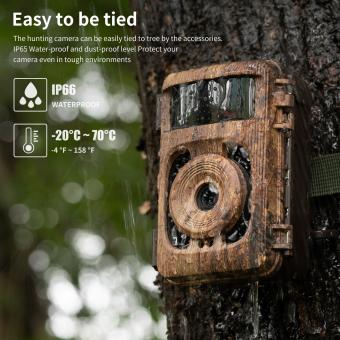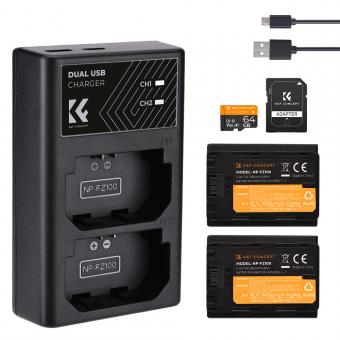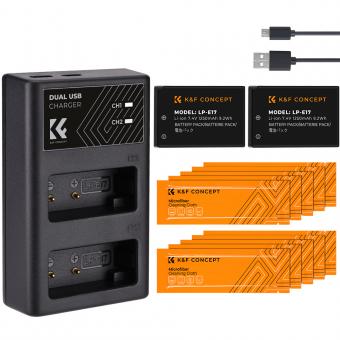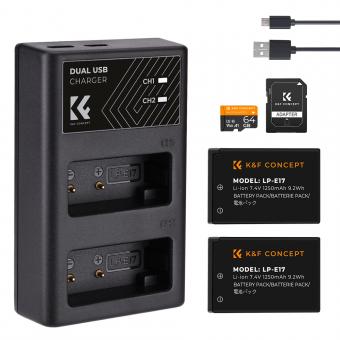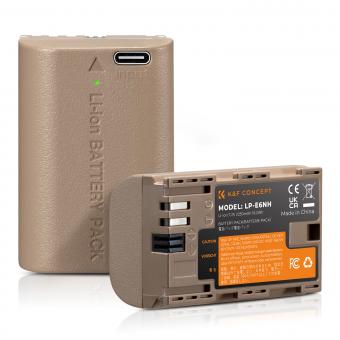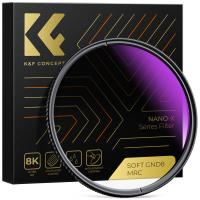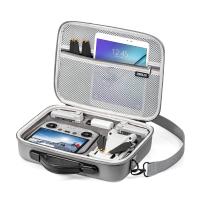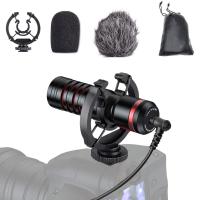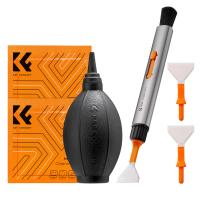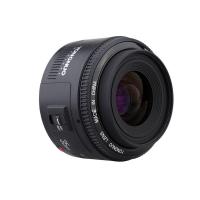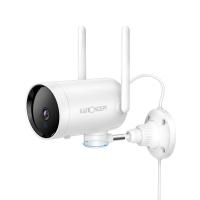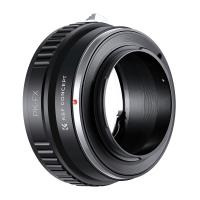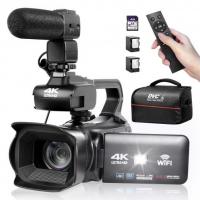What Batteries Does The Adventure Challenge Camera Use?
When it comes to capturing life's most thrilling moments, the Adventure Challenge Camera is a popular choice among outdoor enthusiasts and adventure seekers. However, one of the most common questions that arise is: "What batteries does the Adventure Challenge Camera use?" Understanding the type of batteries your camera requires is crucial for ensuring you never miss a moment due to a dead battery. In this article, we will delve into the specifics of the batteries used in the Adventure Challenge Camera, discuss their advantages and disadvantages, and provide practical tips for maximizing battery life.
Understanding the Battery Requirements
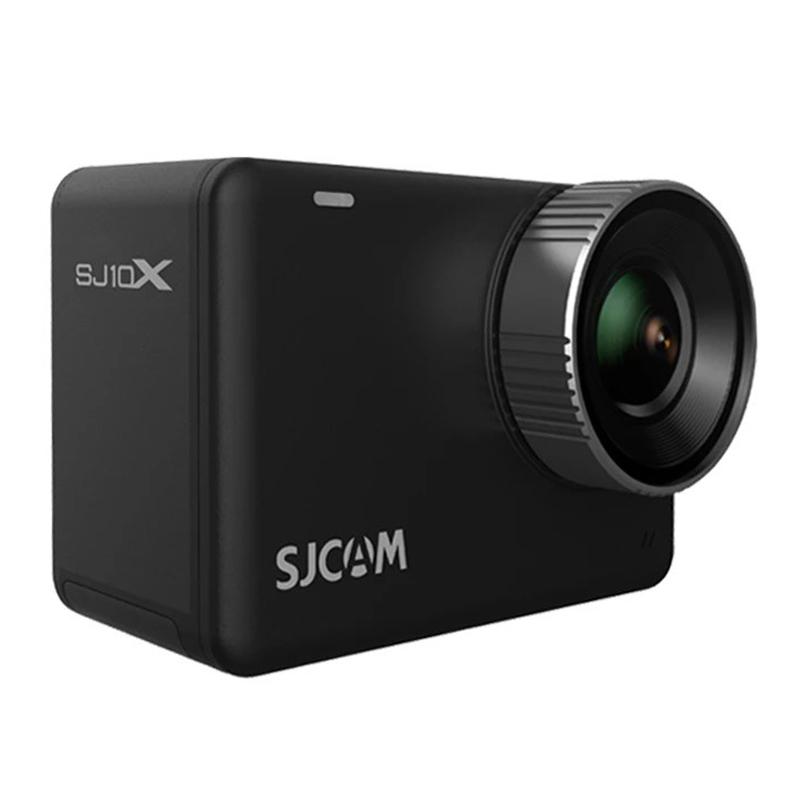
The Adventure Challenge Camera typically uses either AA batteries or a specific rechargeable lithium-ion battery, depending on the model. Each type of battery has its own set of characteristics, and knowing these can help you make an informed decision about which to use.
AA Batteries
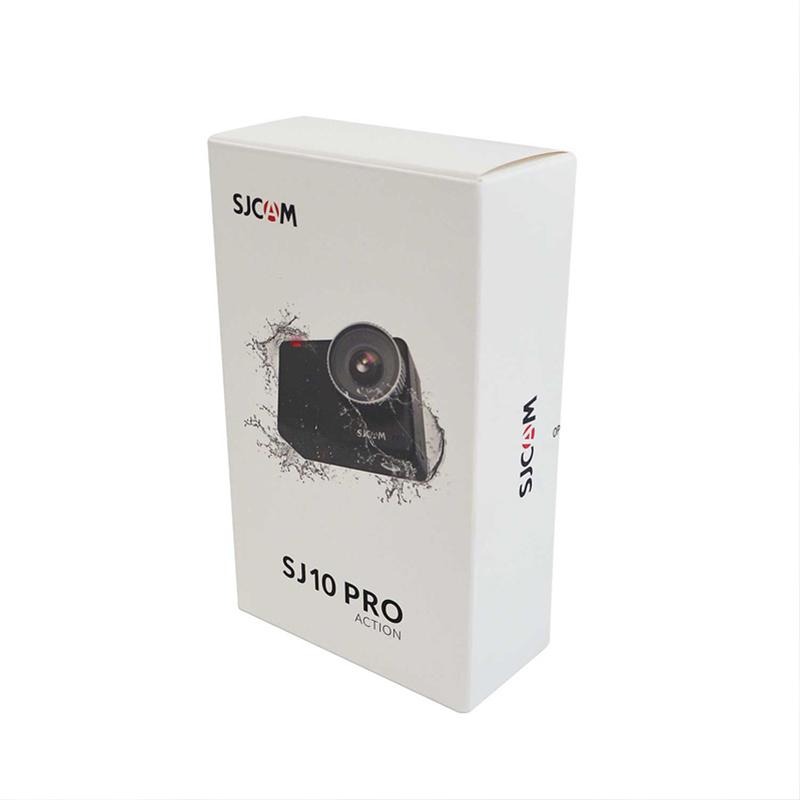
Many models of the Adventure Challenge Camera are designed to be compatible with standard AA batteries. This can be incredibly convenient for several reasons:
1. Availability: AA batteries are widely available and can be found in almost any store, making them a reliable option when you're on the go.
2. Cost: They are relatively inexpensive, especially when bought in bulk.
3. Versatility: AA batteries can be used in a variety of other devices, making them a versatile choice.
However, there are also some downsides to using AA batteries:
1. Shorter Lifespan: Compared to rechargeable batteries, AA batteries tend to have a shorter lifespan, meaning you'll need to replace them more frequently.
2. Environmental Impact: Disposable AA batteries contribute to environmental waste, which is a significant consideration for eco-conscious users.
Rechargeable Lithium-Ion Batteries
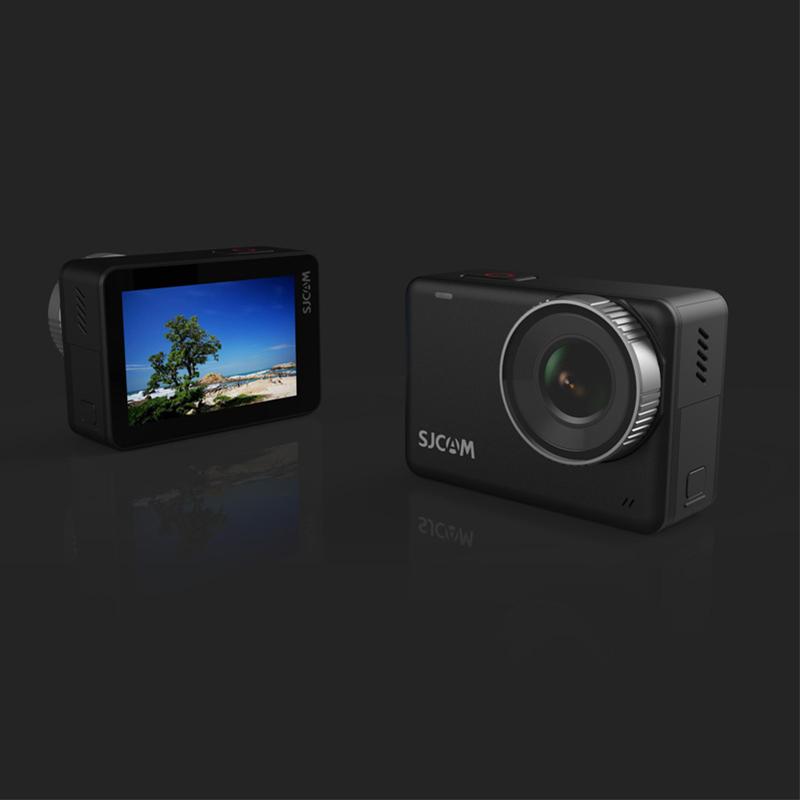
Some models of the Adventure Challenge Camera come with a rechargeable lithium-ion battery. These batteries offer several advantages:
1. Longer Lifespan: Rechargeable batteries generally last longer than disposable ones, which means fewer interruptions during your adventures.
2. Cost-Effective: Although the initial cost is higher, rechargeable batteries can save you money in the long run.
3. Environmental Benefits: Using rechargeable batteries reduces waste, making them a more sustainable option.
On the flip side, there are some disadvantages to consider:
1. Availability: If your battery dies while you're out and about, finding a replacement can be challenging unless you have a spare.
2. Charging Time: Rechargeable batteries require time to charge, which can be inconvenient if you're in a hurry.
Maximizing Battery Life
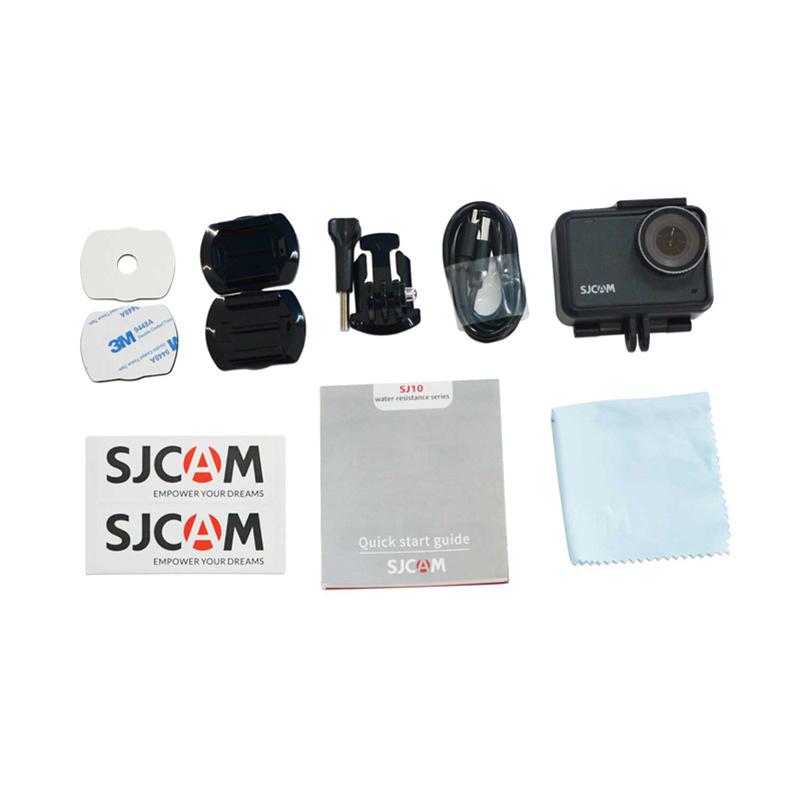
Regardless of the type of battery you choose, there are several strategies you can employ to maximize battery life and ensure your Adventure Challenge Camera is always ready to capture the action.
1. Turn Off Unnecessary Features
Many cameras come with a host of features that, while useful, can drain the battery quickly. Features like Wi-Fi, GPS, and high-resolution video recording can significantly reduce battery life. Turn off these features when they're not needed to conserve power.
2. Use Power-Saving Modes
Most modern cameras come with power-saving modes that can help extend battery life. These modes typically reduce the brightness of the screen, limit the use of power-hungry features, and put the camera to sleep after a period of inactivity.
3. Carry Spare Batteries
One of the simplest ways to ensure you never run out of power is to carry spare batteries. If you're using AA batteries, this is as simple as packing a few extras. If you're using a rechargeable lithium-ion battery, consider investing in a second battery that you can keep charged and ready to go.
4. Keep Batteries Warm
Cold temperatures can significantly reduce battery performance. If you're adventuring in a cold environment, keep your batteries warm by storing them in an inner pocket close to your body. This can help maintain their performance and extend their life.
5. Regular Maintenance
Proper maintenance can also help extend the life of your batteries. For rechargeable batteries, this means following the manufacturer's guidelines for charging and storage. For AA batteries, it means checking for corrosion and ensuring they are stored in a cool, dry place.
Choosing the Right Battery for Your Needs
Ultimately, the best battery for your Adventure Challenge Camera depends on your specific needs and circumstances. Here are some factors to consider when making your decision:
1. Frequency of Use: If you use your camera frequently, a rechargeable lithium-ion battery may be the best choice due to its longer lifespan and cost-effectiveness. If you use your camera less often, AA batteries might be more convenient.
2. Location: If you're often in remote locations where finding a place to charge a battery is difficult, AA batteries might be more practical. Conversely, if you're usually near a power source, a rechargeable battery could be more convenient.
3. Environmental Impact: If reducing your environmental footprint is important to you, a rechargeable battery is the more sustainable option.
Understanding the battery requirements of your Adventure Challenge Camera is essential for ensuring you can capture all of your adventures without interruption. Whether you choose AA batteries for their availability and convenience or a rechargeable lithium-ion battery for its longevity and environmental benefits, knowing how to maximize battery life will help you get the most out of your camera. By turning off unnecessary features, using power-saving modes, carrying spare batteries, keeping batteries warm, and performing regular maintenance, you can ensure your camera is always ready to go when you are. Happy adventuring!


